

Many students struggle to put together a well-organized dissertation. It's a big academic project, and it can be really confusing and stressful.
The pressure of dissertation writing is real. If it's not well-structured, your hard work might not get the recognition it deserves.
This guide will make it easy!
We'll show you step by step how to create a good dissertation, from the title page to the appendix.
By the end, you'll know exactly what to do, and you'll be ready to make your own great dissertation.
Let's start learning about how to structure a dissertation!
On This Page![]()
- 1. How to Structure a Dissertation?
- 2. Dissertation Structure Formatting
- 3. Dissertation Checklist
- 4. Dissertation Structure Examples
- 5. Dissertation Structuring Tips
How to Structure a Dissertation?
Writing a dissertation is a lengthy and time-consuming task. Graduate students often get confused about how to take a strat on such an important academic assignment.
The first and foremost step to take after choosing a dissertation topic is to decide the structure.
A dissertation structure is based on several essential elements. Each element is equally important and contributes a lot to the overall success of the dissertation.
Usually, the structure and format in which your dissertation should be written are provided in the instructions and guidelines. Read and understand them thoroughly to outline your dissertation. If you are not given any instructions regarding the structure, follow the basic outline.
Here are the basic elements that can be used to structure all types of dissertations. Let's discuss these points in detail.
Title/Cover Page
The cover or the title page is the first page of your dissertation. The dissertation title page includes the following information:
- Title or topic of the dissertation
- Writer’s name
- Writer’s roll number
- Supervisor’s name
- Name of the department
- Institute’s name
- Degree program
- Submission date
- Institute’s logo
Although it is important to know that a title page is written according to the format of your dissertation. For example, if you are writing a dissertation in MLA, or any, or Chicago, you will have to compose your cover page accordingly.
To get a clearer understanding, check out the sample provided below of the title page in MLA format:
Acknowledgements
This page allows you to express your gratitude to the individuals who helped you on your study path. It's usually optional (and has no impact on your grades), but it is a good academic habit to do so.
So, who do you thank for their help? There are no set standards, but it's normal to mention the following individuals:
- The committee or supervisor who approved your dissertation.
- Any professors, lecturers, or teachers who assisted you in comprehending the subject or methodologies.
- Experts who had helped you with your research.
- Your partner, family, and friends, especially if you're studying part-time (for adult learners).
There's no need for lengthy rambling. Simply thank those people who have made a difference in your life and what they've done (e.g., thank you to my supervisor, John Doe, for his unwavering support and attention). Keep this short, but sincere.
Abstract
An abstract of your dissertation is a summary of about 150-300 words. In this section, you precisely discuss the entire dissertation. For this purpose, it is preferable to write this part after you have written your dissertation.
An abstract includes the following information:
- The main topic of the dissertation
- Objectives of the research
- Research methods used in the dissertation
- Summary of the results
- A brief conclusion
The abstract is the first paragraph of your dissertation. To make people read your dissertation, make this paragraph interesting and informative. Make sure to add only the relevant information in the most precise manner.
Table of Contents
The table of content is the list of individual chapters and headings used in the dissertation. All the headings and subheadings of the dissertation are written in the form of a table here and page numbers.
The table of content helps readers navigate the document. Moreover, it provides an overview of your dissertation’s structure. Make sure to add every part of your dissertation in this section.
List of Tables and Figures
Just as the name suggests, all the tables, charts, and figures used within the dissertation are listed down in this section. A writer is required to produce a numbered list for this part of the dissertation.
Abbreviations List
If you've used many short forms or acronyms, especially ones that are specific to your field, in your dissertation, you can create a list of these abbreviations in alphabetical order.
This way, readers can quickly find and understand what each abbreviation means.
Glossary
A glossary is a list that includes highly specialized terms and concepts. This section is generated so that it becomes easier for the readers to understand tough unfamiliar terms.
To write down the glossary, list down all the terms alphabetically and provide their definition or explanation. Usually, the glossary is also developed after writing the dissertation. It is to make sure that no important term is left to be added to the list.
Introduction
The introduction is the first thing that readers will see after the abstract and lists, so it is important to make a good impression. It should be clear, concise, and engaging, and it should introduce the topic of the dissertation and the main points that will be discussed.
The dissertation introduction contains all the relevant information that needs to introduce the topic. It includes objectives, the purpose of the dissertation, and the thesis statement. The purpose of writing an introduction is to provide readers with something to expect from your research.
The introduction of a dissertation contains the following information:
- Present the topic of your research and provide background information
- Present the focus of your study
- Provide the scope of your research
- Provide a reference for your topic’s existing research and how your research contributes to the broader problem discussion.
- State your major research question
- State the goals and objectives of your dissertation
- Provide an overview of the elements of your dissertation structure
All the information in the introduction section should be explicitly presented to make it engaging for the readers. Ensure that your introduction gives your readers a complete picture of the what, why, and how of the research.
Literature Review
Before collecting data and research, a writer must conduct a literature review. A literature review is an integral part of a dissertation. It is written to have a complete understanding of the topic through already existing works of academics.
A literature review is written following the steps given below:
- Collecting the most relevant and credible sources, such as books, journals, etc.
- Evaluating each source
- Analyzing each source
- Drawing connections between the themes, gaps, conflicts, etc.
A literature review is not where you only summarize the relevant studies. Instead, it requires a writer to develop an argument and structure that further becomes the basis of justification for his research. A literature review provides the following insights into your work:
- Gaps in the previous works
- Helps in taking a new methodological and theoretical advice on the topic
- Provides a solution to an unresolved problem
- Initiates a theoretical debate
- Strengthens the knowledge with new information
Methodology
After you have identified the existing knowledge about the research topic, it is time to conduct your research on the topic. The methodology chapter is where the methods and techniques involved in conducting the study and collecting the data are discussed.
This section explains how the writer achieved the findings of the research and the reasons for their reliability. Moreover, the methodology section should have the following information:
- The approach of the research. For example, whether the research is qualitative, quantitative, ethnographic, or experimental.
- Techniques and methods through which you collected the data. For example, interviews, surveys, etc.
- The “how, what, when, and where” of the research.
- Methods in which you analyzed the data. For example, statistical analysis, etc.
- Materials and tools used in gathering the data. For example, computer programs (Excel, STAT) and lab equipment.
- A discussion of limitations and obstacles faced during the research.
- Evaluation of the methods used.
The major objective of writing this section is to report what the writer did in the research. Moreover, it persuades the audience that the approaches and methods used are the best for solving problems.
Results
Just as the name suggests, this section reports the research results obtained. The research chapter is constructed using hypotheses, sub-questions, or topics. The rule of writing this section is to only state relevant results that support the objectives of the research.
Depending on the dissertation type, the result section is often separated from the discussion chapter. While for some dissertations, the results are a part of the discussion. To make your result section attractive, add tables, charts, and graphs. It will help the readers understand your research and its purpose better.
Discussion
After obtaining the results of your research, a discussion section is written. In this chapter, the meaning and implications of the results are discussed in relation to the main research question. Here the results are interpreted in detail.
If the writer observes new findings and the predicted results, they should be stated in this section. Make sure that the references provided in this section show how your results fit with the existing knowledge.
Moreover, a writer can make recommendations for future research in the discussion section.
Conclusion
The conclusion section is written to precisely answer the research question or the thesis statement. The concluding paragraphs of the dissertation leave the audience clear of the main argument.
In some cases, the conclusion is provided in a short manner before the discussion section. While in some situations, the conclusion is the final chapter of a dissertation, which includes the final reflection of the research.
In this section, a writer proves how his/her research contributes to the knowledge in the field and its importance.
Bibliography
The bibliography or the reference list is where all the information about the sources is provided. In this list, the information and sources cited in the dissertation are presented here, along with the relevant explanation. The bibliography presents the source along with its author’s name and other publication details.
The bibliography chapter is written according to the chosen citation style. This is because each style has its requirements to be fulfilled in this section. Usually, the citation format is given in the dissertation guideline, but the most common are APA and MLA styles.
Appendices
In your dissertation, include only the important information that helps answer your research question.
Extra documents like interview recordings or survey questions can go in the appendices, not in the main part of your work.
Dissertation Structure Formatting
In order to maintain consistency throughout your dissertation, it is essential to adhere to specific formatting guidelines.
This section provides instructions regarding page layout and font requirements.
- Page Size: Use standard letter-sized (8.5" x 11") or A4 (8.27" x 11.69") paper.
- Margins: Maintain consistent margins on all sides of the page. The most common margin settings are 1 inch (2.54 cm) on all sides.
- Spacing: Use double spacing throughout the main text. Single spacing can be used for footnotes, endnotes, and bibliographic entries.
- Font Type: Times New Roman, Arial, or Calibri are commonly accepted fonts for academic documents. Times New Roman is the most widely used font and is often preferred.
- Font Size: Use a 12-point font size for the main text of your dissertation. Headings and subheadings may be in a larger font size, typically 14 or 16 points. Footnotes, endnotes, and captions may use a smaller font size, such as 10 or 11 points.
- Page Numbering: Page numbers should be placed in the upper-right corner or at the bottom center of each page, starting from the first page of the main text (usually the introduction) and continuing throughout the entire document. The preliminary pages, such as the abstract and table of contents, may use Roman numerals for page numbers.
Dissertation Checklist
Creating a dissertation can be a complex process, and it's easy to overlook essential steps.
To make the journey smoother for students, here's a comprehensive checklist to guide you through the various stages of your dissertation:
Tasks Completed | Description |
Select a Clear Research Topic | Ensure your topic is specific and research-worthy. |
Conduct Thorough Literature Review | Review relevant studies and theories. |
Define Your Research Questions | Formulate clear and concise research questions. |
Choose the Right Methodology | Decide on the best research methods for your study. |
Collect and Organize Data | Gather data systematically and keep it well-organized. |
Analyze Data and Interpret Results | Apply appropriate analysis techniques and draw meaningful conclusions. |
Structure Your Dissertation | Organize your dissertation with a clear introduction, literature review, methodology, results, discussion, and conclusion. |
Cite Sources Properly | Ensure consistent and accurate citation throughout your work. |
Edit and Proofread | Review your dissertation for grammar, spelling, and formatting errors. |
Seek Feedback | Share your work with peers, professors, or advisors to get valuable input. |
Prepare Appendices | Include relevant supporting documents in appendices. |
Check Formatting and Style | Ensure your dissertation adheres to your institution's formatting guidelines. |
Meet Submission Deadlines | Plan your time to avoid last-minute stress. |
Professional Editing (Optional) | Consider hiring a professional editing service for a final review. |
By following this checklist, you can navigate the dissertation process more effectively, ensuring that your work is well-structured, well-researched, and free from errors.
Dissertation Structure Examples
To have a better understanding of the format and structure of the dissertation, students require examples. The experts also recommend looking at a few already written dissertation samples to write yours successfully.
The following are the dissertation examples that will help you understand and write a winning dissertation.
Dissertation Structuring Tips
Writing a dissertation is the most difficult academic work. It is because both the research and writing process is time-consuming and daunting for the writers.
Here are some tips for your better understanding:
- Create a detailed outline to plan the main sections and subsections.
- Arrange sections logically (introduction, literature review, methodology, results, discussion, conclusion).
- Employ clear and descriptive headings to guide readers through your dissertation.
- Ensure consistent formatting (font, size, margins) throughout the document.
- Start sections with a brief introduction to provide context and purpose.
- Use transitional words and phrases for smooth transitions between ideas.
- Maintain a balance of length and detail in each section to keep the reader engaged.
- Use tables, figures, charts, and graphs when necessary, with clear labels and explanations.
- Adhere to a recognized citation style and maintain consistency.
- Carefully proofread for grammar, spelling, and punctuation errors and ensure structural coherence.
- Obtain feedback from advisors, peers, or mentors to improve your structure.
- Be open to restructuring your dissertation as your research progresses and evolves.
All in all,
To persuade the audience, structuring your dissertation is essential. Instructors and readers expect a well-organized piece of work that advances their knowledge in the field. This blog listed down all the important points, so you can craft a perfect structure easily!
Still, if you find it challenging to write a dissertation, don't stress! Get help from our professional dissertation writing service.
Our highly qualified and experienced writers assist students like you at every step of crafting a dissertation. So whether you're stuck at the beginning or need a final refinement, hire our service!
Besides, feel free to tell us to 'help me do my essay' and we'll ensure to provide assistance in the best possible way!

Write Essay Within 60 Seconds!
Use our AI tool to generate high quality essay-18976.png&w=256&q=75&dpl=dpl_AAn1AFr2ZZH7yURgK4oBPMibDJqu)
WRITTEN BY
Amanda K.
UPenn English grad completing academic assignments. I deliver quality work across subjects and formats.
Keep reading
Dissertation Writing - Guide, Examples & Template
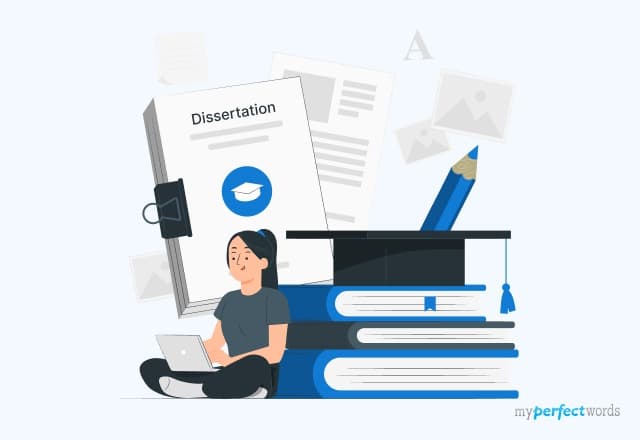
Dissertation vs. Thesis - Differences & Similarities

Extensive Dissertation Topic Ideas for Valuable Research

Dissertation Proposal: Writing Guide & Examples
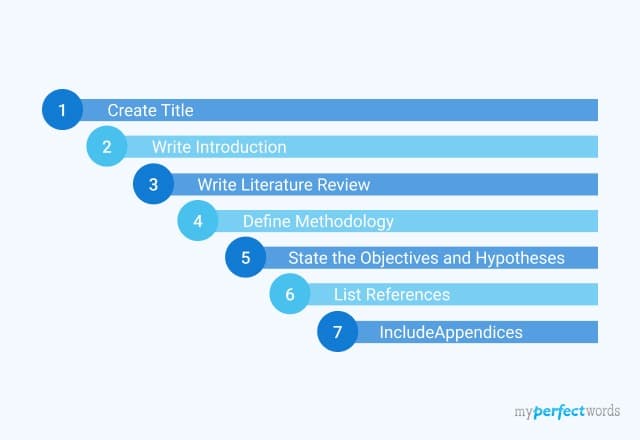
Easy Dissertation Examples for All Students
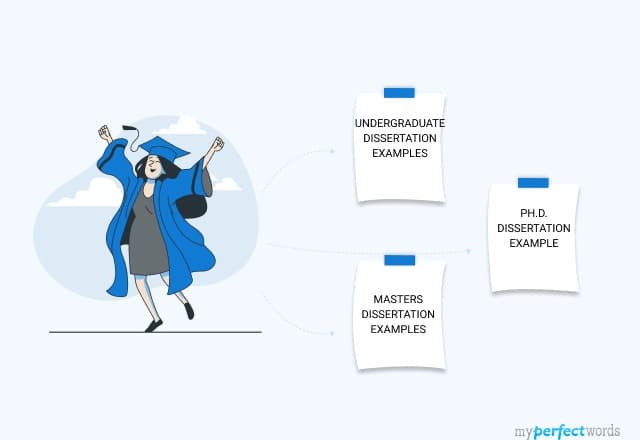
How to Cite a Dissertation in Different Citation Styles
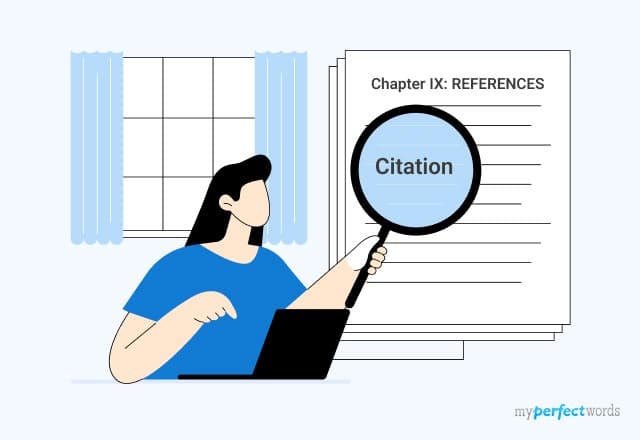
Write Dissertation Introduction With Expert Tips
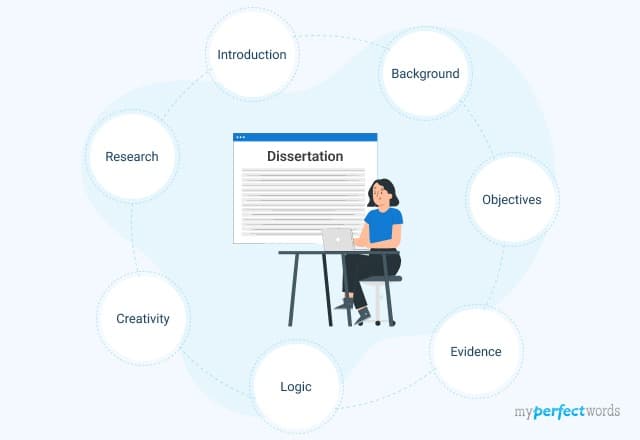
Dissertation Abstract Writing - A Quick Guide

